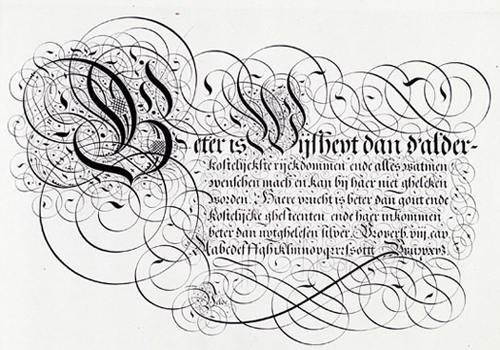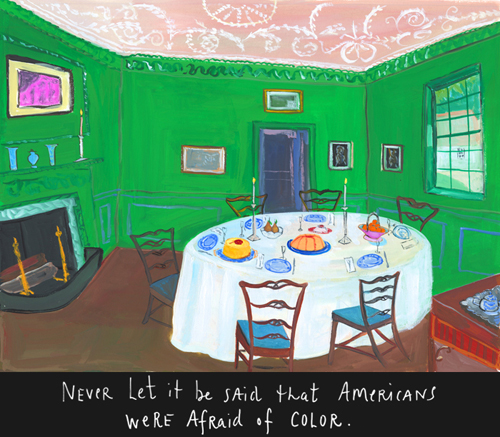Breaker of Hearts
“Bedecked in green she came, fair to behold,
As a pomegranate bud the green leaves enfold.
And when we asked, ‘What do you call this dress?’
She answered in sweet words meant to impress,
‘Since I have tortured many with my arts,
In this dress, I call it Breaker of Hearts.’ ”
—The Arabian Nights, translated by Husain Haddawy, 1992.
a verdant scene
“If water can turn cheeks into green fields,
My tears might have covered my cheeks with green,
Reflecting the same tincture in their flow,
Turning my face into a verdant scene, . . .”
—The Arabian Nights, translated by Husain Haddawy, 1992.
Hebron plums
“They entered through a vaulted gateway that looked like a gateway in Paradise and passed through a bower of trellised boughs overhung with vines bearing grapes of various colors, the red like rubies, the black like Abyssinian faces, and the white, which hung between the red and the black, like pearls between red coral and back fish. . . . The trees were laden with all manner of ripe fruits: pomegranates, sweet, sour, and sour-sweet; apples, sweet and wild; and Hebron plums as sweet as wine, whose color no eyes have seen and whose flavor no tongue can describe.”
—The Arabian Nights, translated by Husain Haddawy, 1992.
Writing books
the Burj Dubai
Never let it be said that Americans were afraid of color
Nnenna Freelon
engraved with needles at the corner of the eye
“My story . . . is a strange and amazing one, which, if it could be engraved with needles at the corner of the eye, would be a lesson to those who would consider.”
(I.e., if a master calligrapher could by a miracle of his art write the entire story at the corner of an eye, it would then be read as a double miracle, one for the extraordinary events, one for the extraordinary art.)
—The Arabian Nights, translated (and annotated) by Husain Haddawy, 1992.
looked like T’s
“Two backwoods brothers by the name of Granger, tall bony fellers with single thick black brows over long noses, looked like T’s. I knew this breed, knew that easing by in life was their ambition: Durrance must have signed them on to keep ’em from rustling his stray beefs. The frowns on those T faces told me they were worried . . .”
—Peter Matthiessen, Shadow Country, 2008.
The Mone Is Belewe
“Yf they say the mone is belewe
We must believe that it is true”
(If they say the moon is blue
We must believe that it is true)
—Anonymous, ‘Rede Me and Be Not Wrothe’ (Read me and be not angry), a protest against the Church of England’s authority, 1528.

